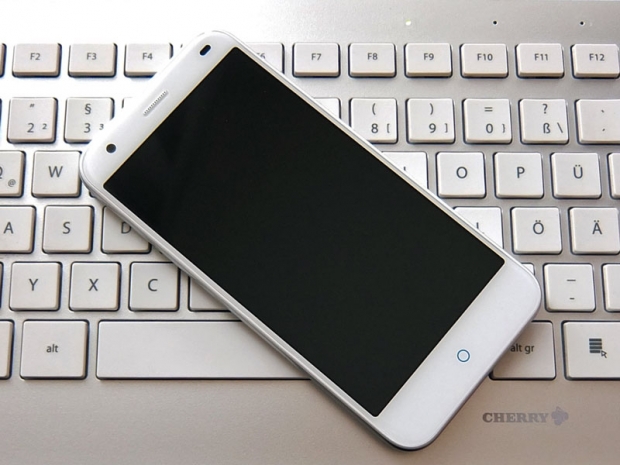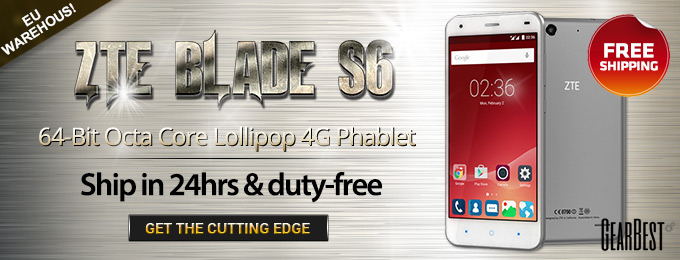Index
Conclusion
The ZTE Blade S6 is an interesting package – it’s a good all-round performer, but it doesn’t stand out in any department. Some may argue that this is sort of the point of mid-range devices, and we feel ZTE just wanted to design a straightforward phone with a good price tag. There’s nothing wrong with that and we like what they came up with.
The hardware is good and we were particularly pleased with the audio quality, unobtrusive UI with Android 5.0 overtones, and the compact design with curved glass. The latter is a mixed bag. The smooth design results in an attractive device that looks and feels light and comfortable. However, the iPhone look won’t be doing it many favours among some consumers. The 7.7mm plastic body feels robust, save for the odd back issue that could have been resolved easily. The finish is fingerprint resistant, but additional colour options that would distance it from the iPhone look would have been a nice touch. While unoriginal, the ZTE Blade S6 leaves the aesthetic impression of a somewhat more expensive device.
The Snapdragon 615 SoC should be sufficient for most users. After all, it delivers roughly the same performance as a 2013 flagship phone and it’s used in much pricier models like the Samsung Galaxy Alpha A7. It’s a 64-bit part running 64-bit Android 5.0, which wasn’t ruined by ZTE’s launcher, and let’s not forget about the 2GB of RAM and 16GB of internal storage. The camera hardware is pretty good, although it feels let down by the stock software.

In terms of value, the Blade S6 compares favourably to similar big-brand devices – it retails for $249 in Asian markets, so you can get two or three for the price of a single flagship phone. Compared to other Snapdragon 615 devices out there, the ZTE is significantly cheaper than the HTC Desire 820, or the recently announced Sony Xperia M4 Aqua. In fact, the Blade S6 costs just a tad more than a similarly spec’d Moto G, with an inferior camera and SoC. The biggest problem facing the ZTE Blade S6, and indeed all mid-range phones, is that last year’s flagships go for about $100 more than the average mid-range phone. Since it’s really not an option for US consumers, let’s take a look at the European price. Gearbest, our principal provider of Chinese review samples, sells it for €229 with free shipping from EU stock, so European consumers don’t have to worry about customs and delivery times. The ZTE is in the same price range as the Acer Liquid Jade Z Plus, Samsung Galaxy Alpha A3, HTC Desire 620 and the Huawei Ascend G7, but it has a somewhat better spec than all of them.
The 5.5-inch ZTE Blade S6 Plus went on sale a couple of days ago and it features the same spec, with a bigger screen and 3000mAh battery. In case you think a 25% bigger battery is worth the extra investment, the Plus version sells for $299/€275.
The ZTE Blade S6 is a solid device and offers good value for money, but with a bit more refinement and additional colour options, it could have been even better, with very little effort on ZTE’s part. That’s perhaps our biggest complaint – with a bit more tender loving care and attention to detail, ZTE could have ended up with an exceptional mid-range device at virtually the same price point.
ZTE Blade S6 Pros and Cons
Pros:
- Android 5.0 out of the box
- Excellent audio, on par with flagship devices
- MiFavor UI 3.0 is clean and flat, features a lot of Android 5.0 stock elements
- Thin and smooth, fingerprint resistant design topped off with curved glass
- Fairly good price/performance ratio
- Sony 13-megapixel camera
Cons:
- Lack of colour options
- Stock camera software delivers inconsistent results
- Unoriginal design
- Odd flex issue on back cover
- No NFC support





